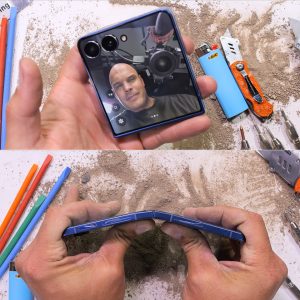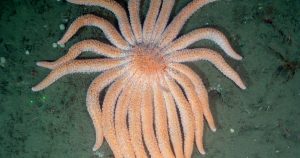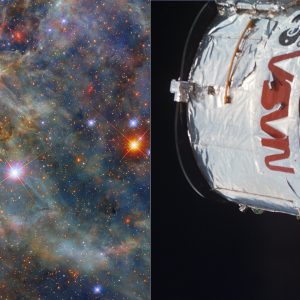Hubble’s Glimpse into the Tarantula Nebula Reveals a Cosmic Sea Monster
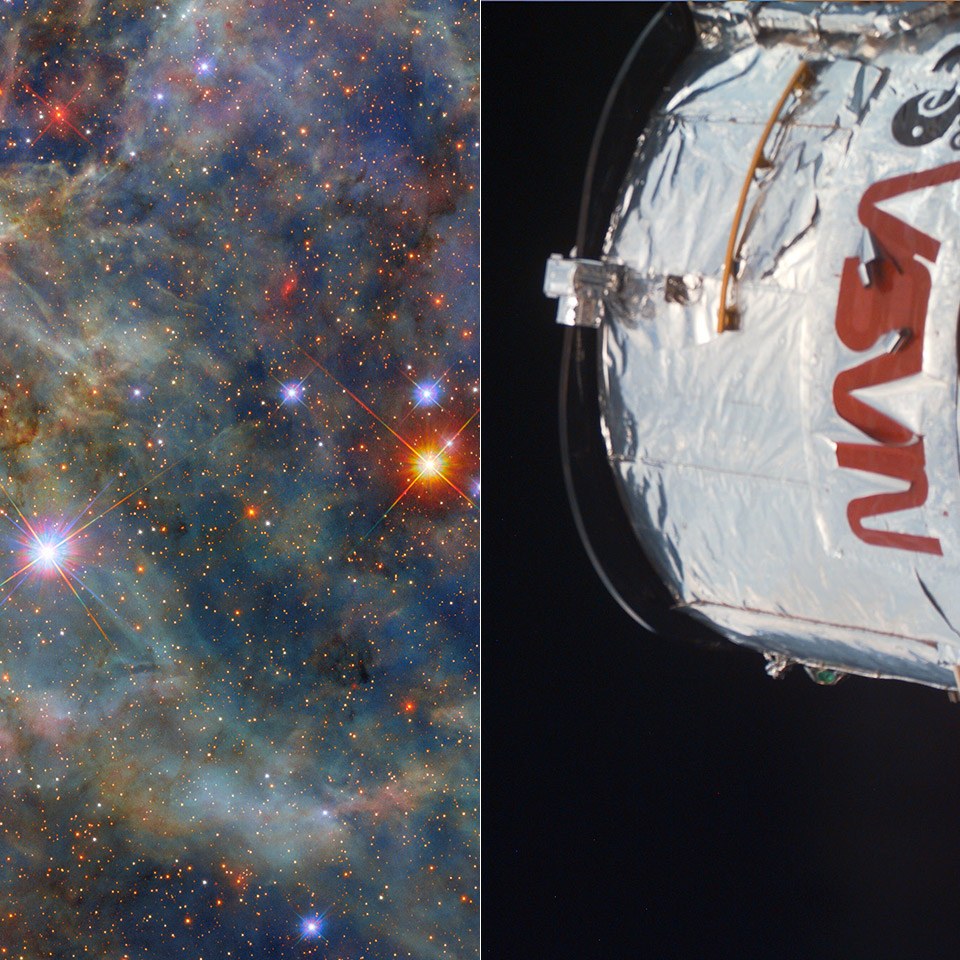

A new image from the NASA/ESA Hubble Space Telescope is a painting of a distant dream. This Hubble Picture of the Week shows a corner of the Tarantula Nebula, a star-forming region in the Large Magellanic Cloud, a dwarf galaxy 160,000 light-years away. The nebula’s name alone is mysterious and the image delivers on that promise, with a riot of cosmic clouds and glowing stars that seem to come alive.
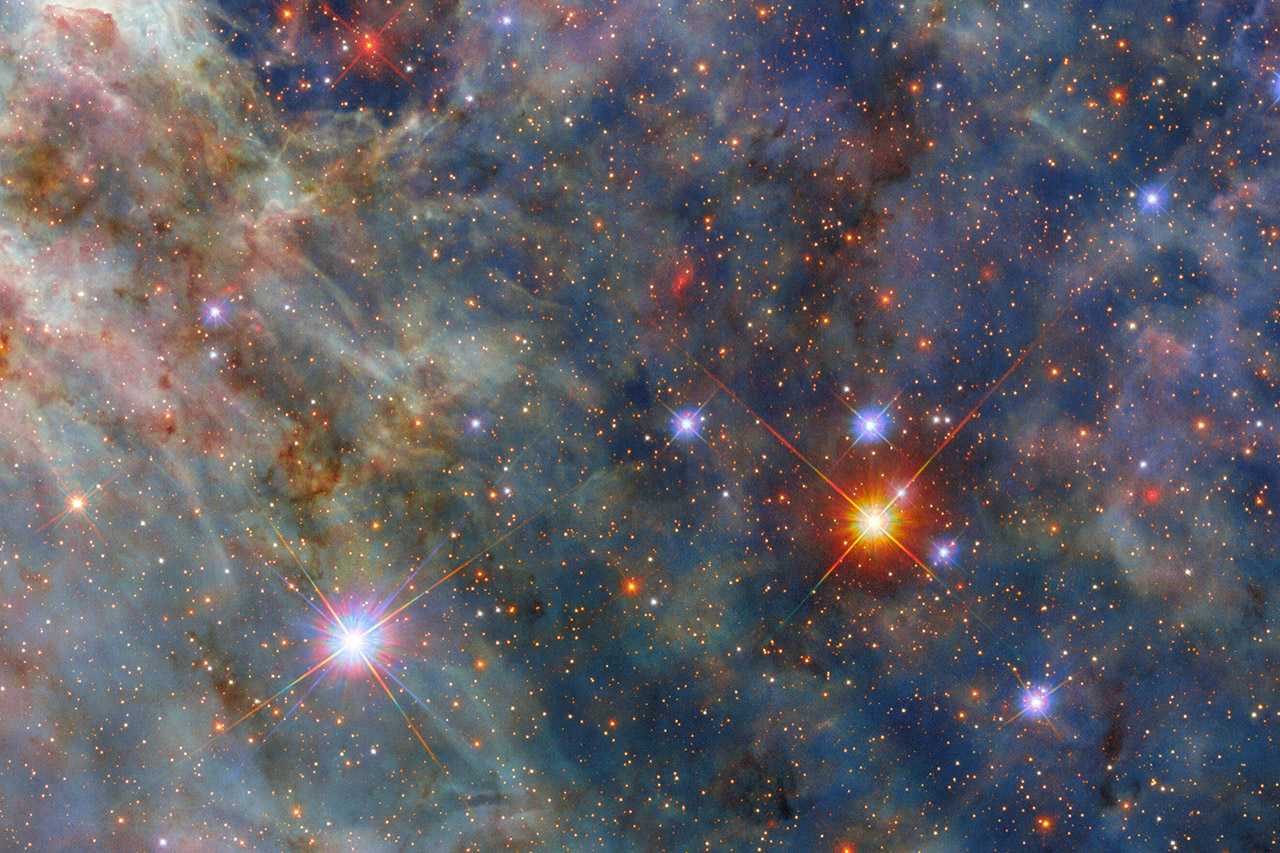
Dusty clouds dominate the frame, with textures ranging from fluffy pink to blue to translucent. Green strands weave through patches of red-black dust that float in the foreground. Stars from our Milky Way and beyond sprinkle the image with blue-white and orange light. This isn’t just a pretty picture – it’s a window into a star factory we can barely understand.
Sale

LEGO Technic NASA Apollo Lunar Roving Vehicle LRV Building Set – Collectible Set for Adults, Ages 18+ -…
- Build a realistic LEGO Technic lunar rover model – This LRV building kit for adults is packed with authentic details including seats, steering,…
- NASA model for adults – Enjoy a mindful project assembling all the details of the rover and equipment including the battery pack, heating and…
- A build for NASA fans – Remember the Apollo 17 mission with a display that features the lunar roving vehicle alongside 3 detailed equipment…
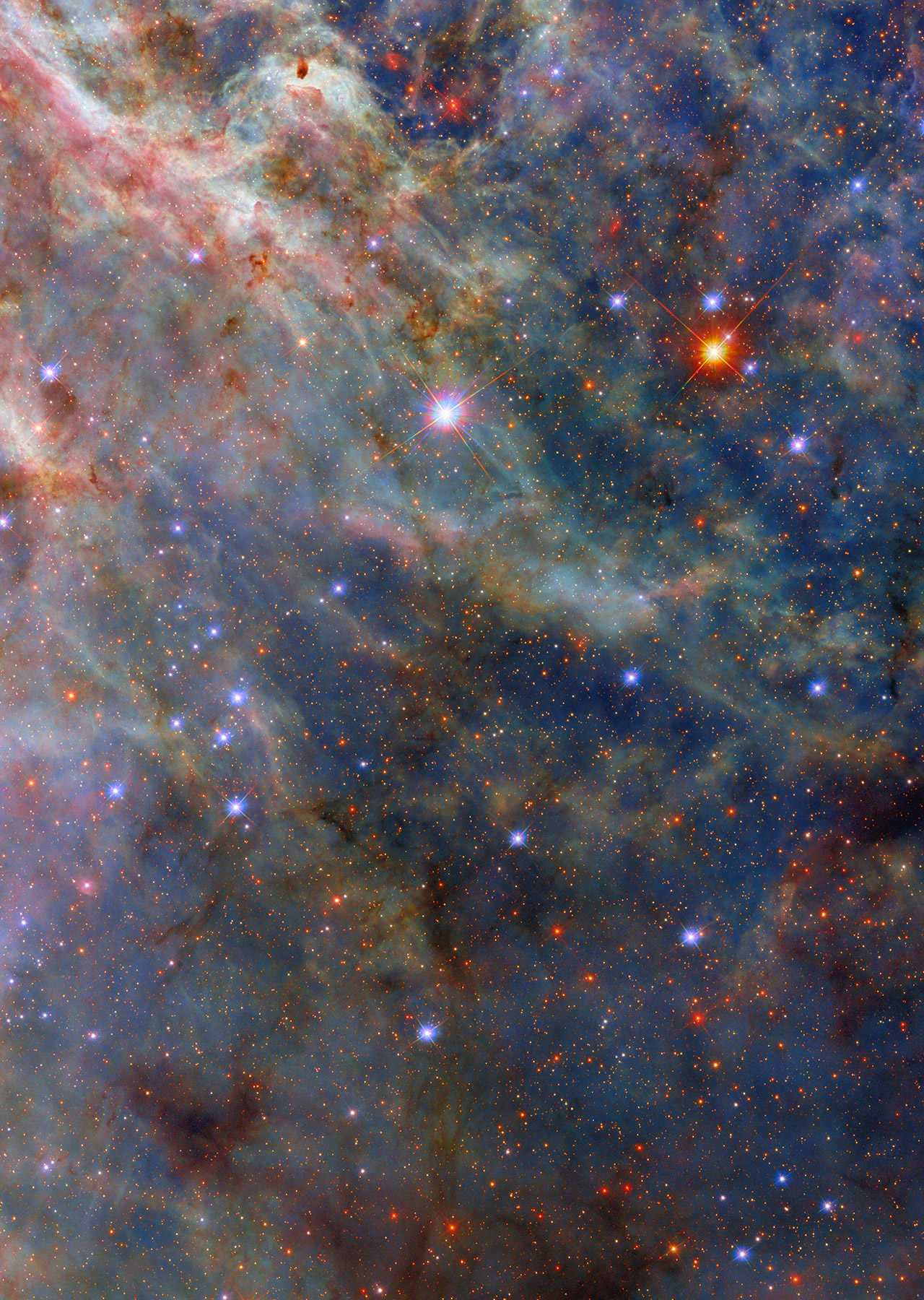
What makes this image so great is the setting. The Tarantula Nebula isn’t in our galaxy but in the Large Magellanic Cloud, a satellite galaxy orbiting the Milky Way. This dwarf galaxy is visible in the constellations Dorado and Mensa and has the largest and brightest star-forming region in our cosmic neighborhood. The nebula itself is a powerhouse, with stars up to 200 times bigger than our Sun. These giants burn hot and fast, sculpting the nebula with their powerful stellar winds.
Hubble can see this scene so well because it can see across multiple wavelengths. This image combines ultraviolet and optical data to reveal the nebula’s details in a way that feels almost 3D. You can feel the density of the clouds, the way they curl and twist around the stars. This view zooms in on a region near a rare Wolf–Rayet star, a massive beast that has shed its outer hydrogen shell and is glowing fiercely and blowing powerful winds that carve the surrounding gas and dust.
This image is from the Hubble program Scylla, named after the multi-headed sea monster from Greek mythology. Scylla is paired with the ULYSSES program to study the Large and Small Magellanic Clouds. While ULYSSES looks at the massive young stars, Scylla maps the gas and dust around them. Together they are building a more complete picture of how stars and their environments shape each other and what drives star formation across the universe.
The Tarantula Nebula is a favorite of Hubble’s because of its size and complexity. This image with its colors and layers feels like a cosmic sculpture, each element carefully placed yet wildly untamed. It’s a reminder of how big and dynamic the universe is, where stars are born in clouds of dust and gas, far beyond our own galaxy.
Hubble’s Glimpse into the Tarantula Nebula Reveals a Cosmic Sea Monster
#Hubbles #Glimpse #Tarantula #Nebula #Reveals #Cosmic #Sea #Monster


